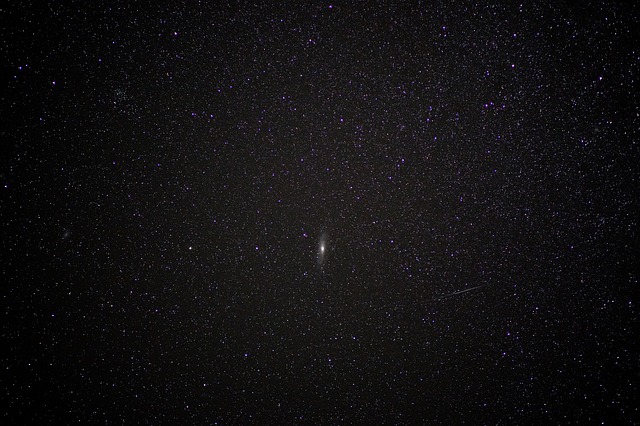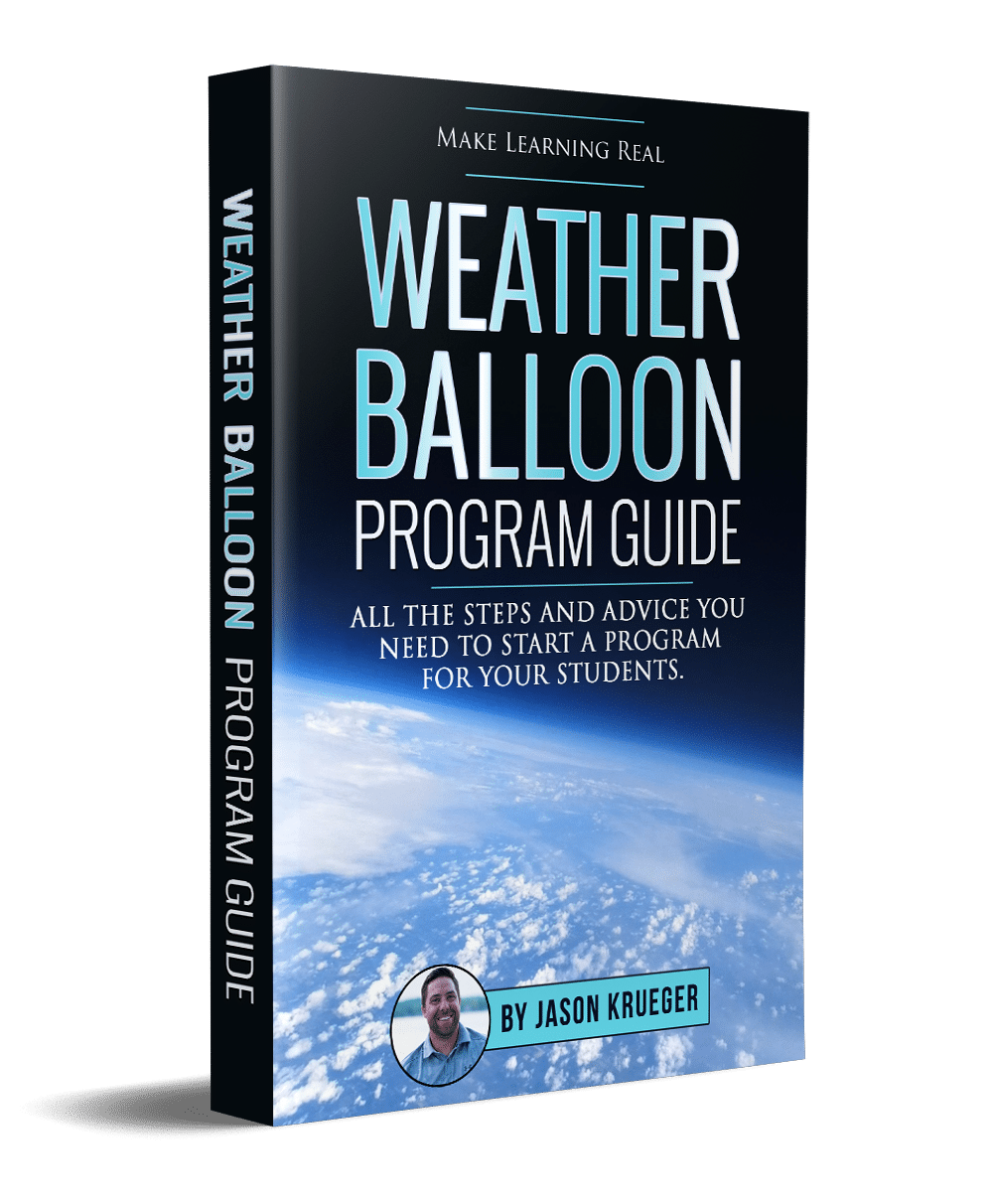High-altitude weather balloon experiments might seem like they are well outside of your realm of capabilities or needs, but the best part about them is they can be customized to fit your lessons. Whether your students are learning about chemistry, physics, or Earth science, they can create an experiment to send to the edge of space. Integrating a weather balloon experiment and project into your curriculum will improve learning and help your students better retain information.
Check out some of these great experiment ideas:
1. Sending water bears to the edge of space in weather balloon experiments.
Water bears, also known as tardigrades, are known for their survival skills. These tiny, eight-legged animals have a reputation for surviving in extreme environments. We encourage students to think of these creatures as little astronauts in weather balloon experiments. It’s extremely easy to integrate biology lessons into this experiment and students will be able to study the effect of space on living creatures.
2. The classic egg drop experiment taken to completely new heights.
The egg drop experiment is a classic physics experiment that many students participate in. However, when you work with StratoStar for this weather balloon experiment, you can put your students’ engineering skills to the extreme test. Their mission: ensure the egg astronaut survived a launch to the edge of space and back down to the surface.
3. Find out if music can be heard in space.
Whether your students prefer to listen to what’s playing on the radio today or a classic like Beethoven’s 5th Symphony, they can design an experiment to see if music can be heard in space. Students will study sound waves, learn about the air in space, and hypothesize how the two will interact. Then, we’ll send two different MP3 players on a high-altitude weather balloon. When they return to the surface, students will analyze the results of their experiment.
4. Understanding radiation and Cosmic Rays with a weather balloon experiment.
Cosmic Rays, a form of radiation, are mostly a mystery to us. Scientists believe they come from exploding stars and we know the Earth’s atmosphere protects us from most of them. To learn more about these rays during Earth Science lessons, students can design experiments with Geiger Counters that will measure radiation during the assent of a weather balloon.
Want to learn how high-altitude weather balloons, your curriculum, and project based learning can all work together to improve student learning? Download our latest e-book, “High-Altitude Weather Balloon Curriculum and Project Based Learning.” You’ll find the importance of project-based learning, the impact of hands-on experiences, and how to motivate students with curriculum!



